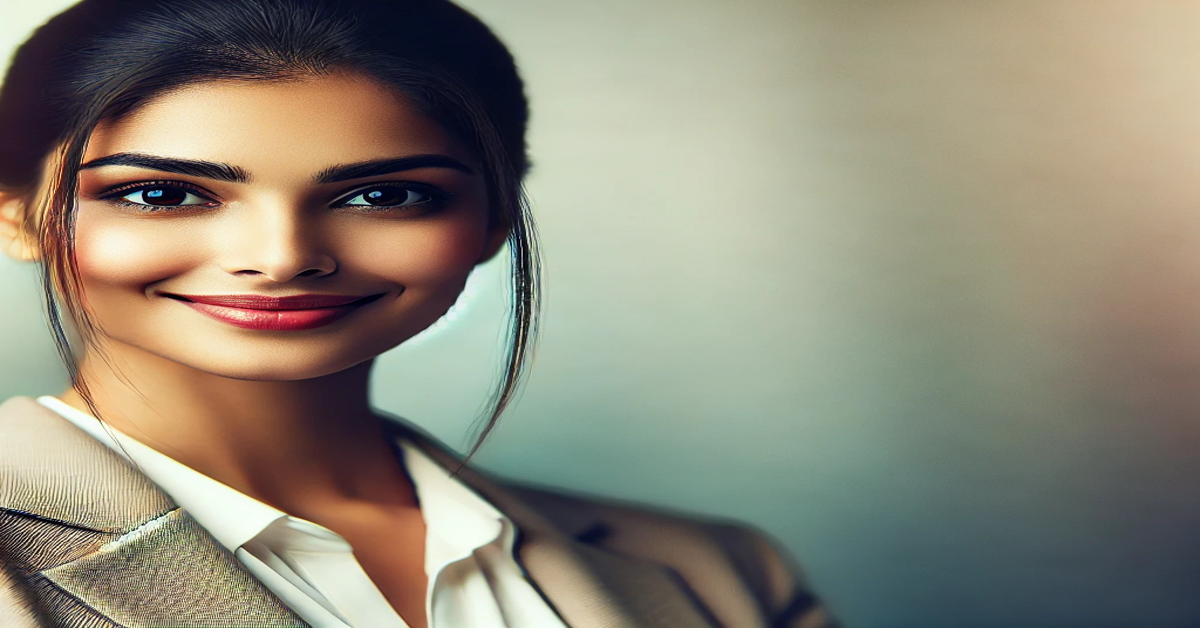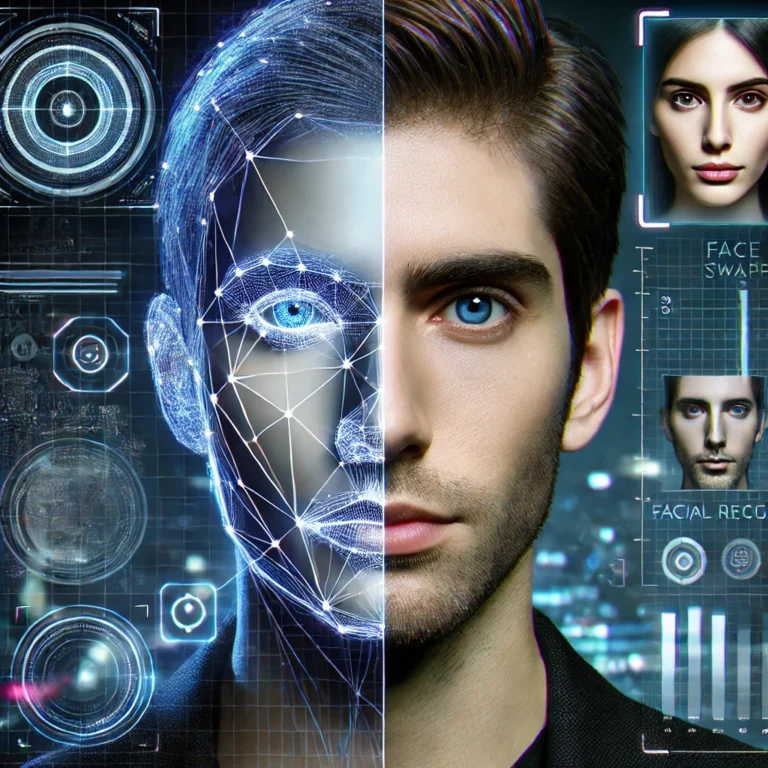In recent years, face-swapping technology has taken the world by storm, captivating audiences with its ability to seamlessly replace one person’s face with another in photos and videos. From viral social media challenges to blockbuster movie effects, face swapping has become an exciting and, at times, controversial innovation. But how does it work, and what are its implications? Let’s dive into the fascinating world of face swap in videos.
What is Face Swapping?
Face swapping is a process that uses artificial intelligence (AI) and machine learning (ML) to superimpose one person’s face onto another’s body in a video. Unlike traditional photo editing, which relies on manual adjustments, face-swapping technology automates the process using algorithms that analyze facial features, expressions, and movements. The result is a realistic and often uncanny transformation that can make it appear as though someone else is speaking or performing actions.
How Does It Work?
At its core, face swap video relies on deep learning, a subset of AI. Here’s a simplified breakdown of the process:
- Facial Recognition: The software first identifies and maps key facial features of both the source and target faces. This includes landmarks like eyes, nose, mouth, and jawline.
- Face Alignment: Using these landmarks, the software aligns the source face with the target face to ensure consistency in perspective and proportions.
- Feature Extraction: The system analyzes the source face for unique details such as skin tone, texture, and lighting.
- Face Replacement: The software overlays the source face onto the target face, blending it seamlessly to match expressions and movements in real-time or pre-recorded footage.
- Post-Processing: To make the swap appear realistic, additional adjustments are made to refine the lighting, shadows, and color grading.
Popular tools like DeepFaceLab, Reface, and Snapchat filters have made this technology accessible to both professionals and casual users.
Applications of Face Swapping
Face-swapping technology has a wide range of applications across various industries:
- Entertainment
Hollywood has embraced face-swapping for creating realistic special effects. For example, actors can “de-age” or even appear posthumously in movies using this technology. It also allows for multiple face swap with those of the actors they are standing in for.
- Social Media
From apps like Instagram and TikTok to viral challenges, face-swapping has become a source of endless entertainment. Users can swap faces with celebrities, friends, or even historical figures for fun.
- Gaming
In video games, players can customize characters by swapping their real faces onto avatars. This adds a personal touch to the gaming experience.
- Education
Face-swapping can be used in educational content to create engaging historical reenactments or simulations where educators “become” historical figures.
- Marketing
Brands use face-swapping in advertisements to create eye-catching campaigns that resonate with audiences by personalizing content.
Things You Need to Consider Before Face Swap
While face-swapping technology is undeniably impressive, it also raises significant ethical questions:
- Deepfakes
One of the most controversial uses of face-swapping is the creation of deepfakes—videos that use AI to generate realistic but fake footage. Deepfakes can be entertaining when used responsibly but have also been misused for disinformation, identity theft, or harassment.
- Privacy
Face-swapping often involves using someone’s likeness without their consent, which can violate privacy rights.
- Misinformation
The ability to create convincing fake videos poses a threat to trust in media and online content. It becomes increasingly difficult to distinguish between real and manipulated footage.
- Copyright Issues
Using someone’s face without permission may infringe on intellectual property rights or likeness rights.
As technology continues to evolve, face-swapping will likely become even more advanced and accessible. Researchers are working on improving the realism of swaps while also developing tools to detect manipulated content. Governments and tech companies are also exploring regulations and ethical guidelines to address misuse.
In the future, we may see face-swapping integrated into everyday applications like virtual meetings or augmented reality experiences. However, it’s crucial to strike a balance between innovation and ethical responsibility.
Final Thoughts
Face-swapping in videos showcases the incredible potential of AI and machine learning to transform how we create and consume content. While it opens up exciting possibilities for entertainment, education, and beyond, it also comes with challenges that must be addressed responsibly. Whether you’re swapping faces for fun on social media or marveling at Hollywood’s special effects, one thing is clear: this technology is here to stay—and it’s only getting better.
So next time you see a jaw-dropping face-swap video online, take a moment to appreciate the sophisticated technology behind it—but also consider the broader implications it brings to our digital world.

Riteeka Kumari, SEO expert and guest post provider, empowers brands with strategic content on slate.com.in for digital growth.
